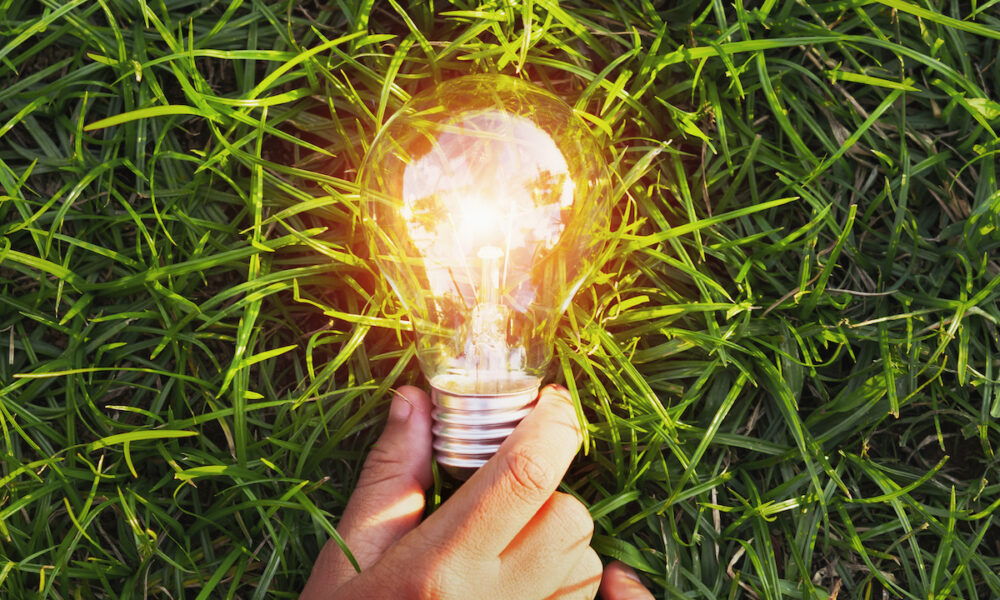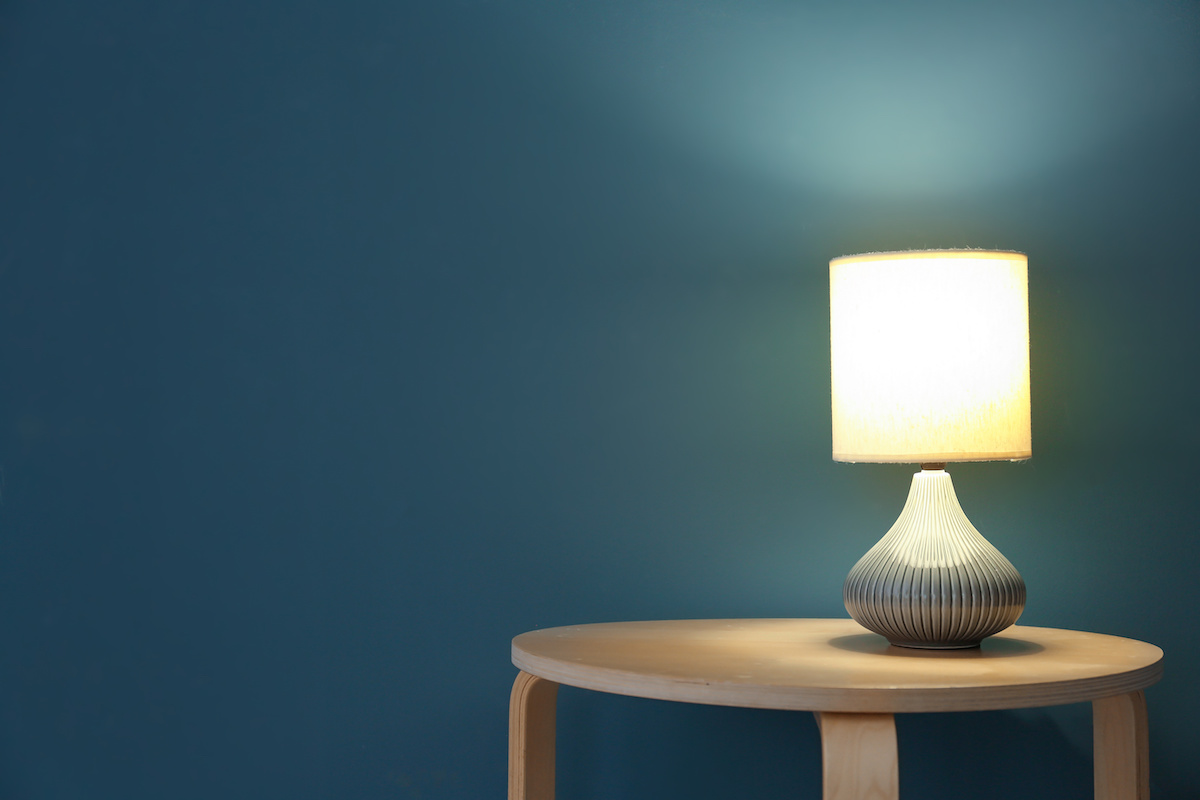
Energy-efficient lighting is an excellent way to save money on your energy bills while reducing your carbon footprint. Lighting is responsible for approximately 15% of a typical home’s energy consumption. Energy efficient lights can reduce this consumption by up to 80%. In this blog post, we’ll explore the benefits of energy-efficient lighting for your home and why you should consider making the switch.
Lower Energy Bills
One of the most significant benefits of energy-efficient lighting is that it can significantly reduce your energy bills. Traditional incandescent bulbs consume a lot of energy and are inefficient.
On the other hand, energy efficient lights such as LED bulbs consume much less energy and last much longer. LED bulbs are up to 80% more efficient than traditional incandescent bulbs. By installing energy-efficient lighting, you can save money on your energy bills and reduce your overall carbon footprint.
Longevity
Energy-efficient lighting options such as LED bulbs have a much longer lifespan than traditional incandescent bulbs. LED bulbs can last up to 25,000 hours. This means that you’ll have to replace your bulbs less frequently, saving you money on replacements.
Environmental Benefits
The environmental benefits of energy-efficient lighting are significant. By reducing your energy consumption, you can reduce your carbon footprint. This can help to mitigate the effects of climate change.
Traditional incandescent bulbs use a lot of energy and produce a lot of heat, which contributes to global warming. Energy efficient lights such as LED bulbs consume less energy and have a lower impact on the environment.
Safety
Energy-efficient lighting options such as LED bulbs produce much less heat than traditional incandescent bulbs. This makes them much safer to use, especially in areas where there is a risk of fire. This includes areas like kitchens or around flammable materials. LED bulbs also do not contain any hazardous materials such as mercury, which is found in traditional fluorescent bulbs.
Design Flexibility
LED bulbs come in a wide variety of shapes, sizes, and colors. This gives you more flexibility when it comes to designing your lighting setup. You can choose from warm or cool light, and even dimmable options. There are many custom lighting selections to create the perfect ambiance in your home.
You can also choose from a range of fixtures, including recessed lighting, pendant lights, and track lighting, to create the perfect look for your home.

Improved Quality of Light
LED bulbs produce a higher quality of light than traditional incandescent bulbs. They provide a brighter, clearer light that is more consistent and evenly distributed. This means that you’ll have better visibility and a more comfortable living environment.
Compatibility with Smart Home Technology
Furthermore, LED bulbs are compatible with smart home technology. This means that you can control your lighting from your smartphone or other devices. Imagining being able to turn your lights on and off remotely or set them on a schedule. This can be a convenient way to save energy and create the perfect lighting setup in your home.
Increase Home Value
By installing energy-efficient lighting options in your home, you can increase your home’s value. Energy-efficient upgrades are becoming increasingly popular, and homebuyers are looking for homes that are energy-efficient and have lower energy bills.
Rebates and Incentives
Many utility companies and government programs offer rebates and incentives for homeowners who install energy-efficient lighting and other energy-saving upgrades. These rebates and incentives can help offset the cost of the upgrades, making them more affordable for homeowners.
Are Fluorescent Bulbs Energy Efficient?
Fluorescent bulbs are generally more energy-efficient than traditional incandescent bulbs. However, they are not as efficient as some of the newer LED bulbs available on the market today.
Fluorescent bulbs work by passing an electric current through a gas or vapor-filled tube, causing the gas to emit ultraviolet radiation. This radiation is then converted into visible light by a phosphor coating on the inside of the tube.
Compared to incandescent bulbs, fluorescent bulbs use around 75% less energy to produce the same amount of light. This means that they can last up to ten times longer and produce less heat, making them safer to use.
However, fluorescent bulbs do contain small amounts of mercury. Thiscan be harmful to the environment if not disposed of properly. Despite their energy efficiency, fluorescent bulbs are not as efficient as LED bulbs. LED uses even less energy and last longer.
If you already have fluorescent bulbs in your home, it’s still a good idea to use them until they need to be replaced. When this happens, consider switching to LED bulbs for even greater energy savings.
Are LED Lights Energy Efficient?
Yes, LED (Light Emitting Diode) lights are highly energy efficient. In fact, they are currently the most energy-efficient lighting option available on the market. They use only a fraction of the electricity required to produce the same amount of light as traditional bulbs.
LED lights use a semiconductor material that emits light when an electric current is passed through it. This process is much more efficient than the process used by traditional incandescent bulbs, which use a filament that becomes hot and emits light. LED lights also do not produce as much heat as incandescent bulbs, making them safer to use and reducing the amount of energy wasted as heat.
Smart Upgrades for Energy Savings
When you need to save more energy, there are several ways to reduce your carbon footprint. In terms of home lighting, here are some additional ways to save energy:
- Use natural light: Maximize the use of daylight by opening curtains and blinds during the day to reduce the need for artificial lighting.
- Install dimmer switches: Use dimmers to control the brightness of your lights, reducing energy consumption and creating a more comfortable atmosphere.
- Utilize motion sensors: Install motion sensor lighting in areas with infrequent use, such as hallways, to save energy by ensuring lights are only on when needed.
- Choose appropriate wattage: Select bulbs with the appropriate wattage for each room, ensuring sufficient light without using excess energy.
- Use timers and smart lighting: Install timers or smart lighting systems that allow you to program your lights to turn on and off at specific times or based on your presence, reducing energy waste.
- Maintain clean fixtures: Regularly clean light fixtures, bulbs, and windows to ensure maximum light output and efficiency.
- Opt for task lighting: Use task-specific lighting, such as desk lamps or under-cabinet lights, to illuminate specific areas without lighting the entire room.
- Upgrade outdoor lighting: Replace outdoor lighting with energy-efficient options, such as solar-powered lights, and consider using timers or motion sensors for added savings.
- Remove unnecessary lights: Assess your lighting needs and remove or unplug any lights that are not necessary for safety or functionality.
Make Your Home More Energy Efficient With Dadz Electrical
A residential electrical company can help improve your home’s efficiency by installing energy-efficient lighting. Dadz can conduct an assessment of your current lighting setup and recommend energy-efficient options. We can also install dimmer switches, occupancy sensors, and other advanced controls to help you further reduce your energy consumption.
Energy-efficient lighting is a smart investment for any homeowner. Not only does it help to reduce your energy bills and carbon footprint, but it also offers a range of other benefits such as increased safety, improved quality of light, and compatibility with smart home technology. By making the switch to energy-efficient lighting, you can save money, reduce your impact on the environment, and enjoy a more comfortable and convenient living space. Contact Dadz if you need help making the switch today.